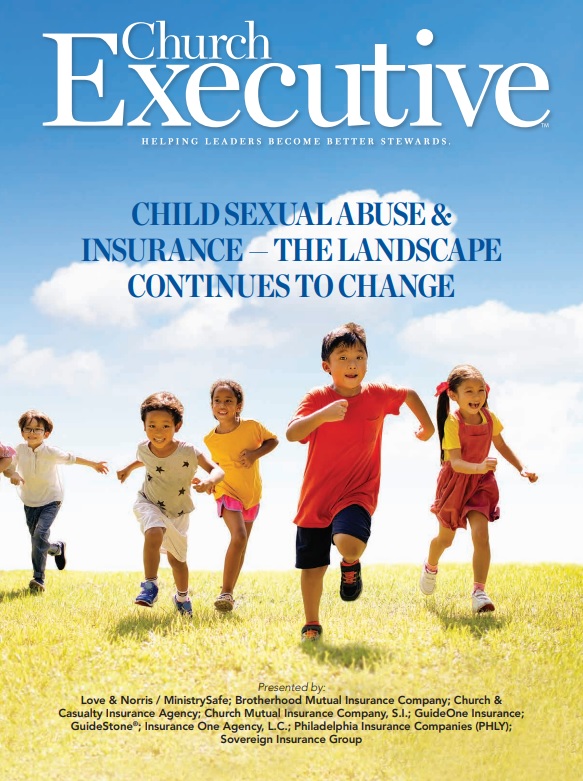
In recent years, the Risk Management department here at Insurance One has seen a sharp increase in peer- on-peer sexual abuse.

VP of Risk Management
Insurance One Agency, L.C.
As we began to dig into this further, we reached out to attorneys, insurance carriers and companies that specialize in abuse prevention training — and all are seeing the same upward trend.
Our hearts were so grieved that we immediately began working on a comprehensive peer-on-peer sexual abuse prevention training program. It’s well received, as most churches understand the need for screening and awareness training to be in place before adults can work in children and youth group ministry. Most could even lay out the main components of a good abuse prevention plan.
What doesn’t seem to be on the radar is that more children are abused by other children than adults. Among the incidents / cases in which we’ve been involved, lack of adult supervision or line of sight by an adult have been root causes.
Let’s break this down practically with some examples of recent incidents.
RISK GOES UP AS WE GO OFFSITE
Field trips / outings
A teenager was inappropriately touched by another teen on a bus. The chaperones were all sitting in the front seats visiting with the bus driver.
What can we do differently in this situation?
Training — chaperones, volunteers and staff need to be instructed about line of sight. They need to be strategically positioned on the bus for line of sight so they can properly supervise.
Take 5 minutes to visit with those who were supervising that day. Do a quick training. The volunteer pool changes from event to event; we can’t assume they understand how important their duty is, even on a simple field trip.
Church / school camps
This summer, our team was on the phone with our attorney weekly walking through another set of incidents disclosed to church staff / volunteers at a camp. A handful of commonalities began to emerge:

The need to report to leadership immediately. Each state has distinct reporting timeframes and criteria. Be sure that your entire team is trained on response, especially how important it is to notify leadership immediately.
In this camp’s case, abuse incidents were happening on the camp site, between youth. Other incidents reported to camp leaders were taking place in the children’s homes by a sibling or a friend of the family.
There was a trend of late reporting to leadership — at the end of the camp — instead of when an incident was reported. For both the children’s and church’s sakes, that’s far too late. Reporting needs to happen ASAP to ensure leadership can take the proper steps.
Children want the adult to whom they report not to tell their parents. Children typically ask that the incident be kept secret. We can’t promise that to a child, but we can promise we’ll be there to support him or her through the process.
Line of sight is key to prevention. Noticing a theme?
Are there blind spots or places at camp that are difficult to see, where abuse could occur? Talk about it and how this risk can be mitigated.
It goes back to training, as well, so an ever-changing pool of volunteers understands what the risks are.
Home groups offsite
Home groups remain high-risk for abuse incidents among children. Our agency has seen a frequency of such claims coming in.
Here, too, we must follow the church protocols for supervision. Your church’s Sexual Misconduct Policy must be followed just as with an onsite event.
EXAMINING ONSITE RISKS
Playground incidents
Playground incidents represent the highest frequency of claims we see in our Risk Management office for peer-on-peer abuse. As with the bus incident, we often find that the supervising adults were visiting with other adults when the abuse occurred.
Playgrounds have “blind spots — but don’t expect volunteers to simply know that. Strategically position each person to cover those blind spots. Volunteers need to be watching and looking for areas where a child can get out of line of sight.
When a child plays on a covered slide, for example, they can’t be seen in the tunnel. They need to emerge out of the slide in a timely manner.
Study your playground and have appointed placements and assignments for teachers. One teacher needs to be “floating” to see the entire view of what is taking place.
Restrooms are another high-risk area for peer-on-peer abuse. Be sure that the ministry has good procedures in place to ensure that kids aren’t left unattended in the restrooms.
Insurance One is dedicated to reducing risk to ministries. If we can help provide resources, just reach out to our team or visit our website.


